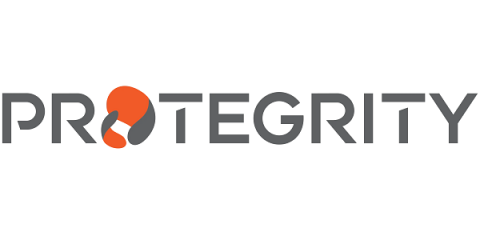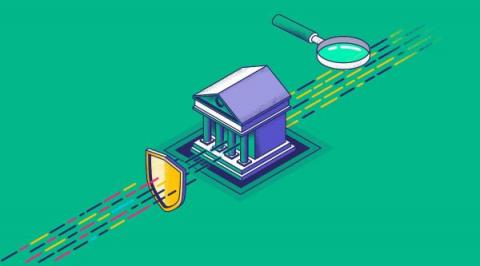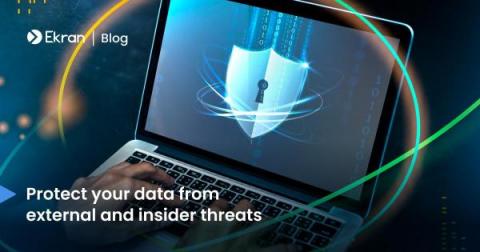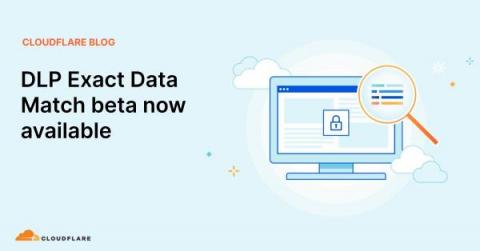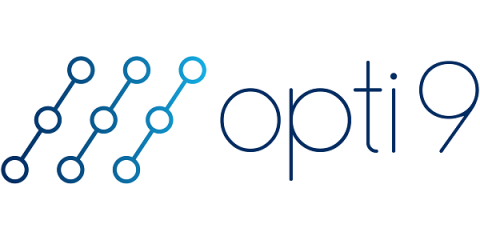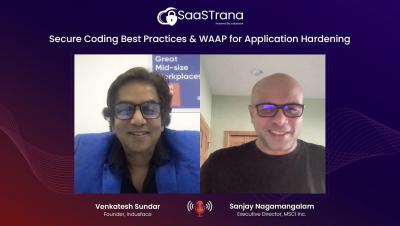Security | Threat Detection | Cyberattacks | DevSecOps | Compliance
July 2023
What Is NISPOM?
The National Industrial Security Program (NISP), the authority within the United States for access to classified data by government contractors. Have outlined requirements to ensure continued availability and integrity of classified data, and prevent its unauthorised disclosure. The operating manual (NISPOM) affects all government agencies and commercial contractors who have access to classified data.
DSPM and CSPM: What are the Differences?
A few years back, data was constrained to the on-premise infrastructure. Data management, governance, and protection were fairly uncomplicated in this enclosed environment. The emergence of cloud computing and multi-cloud infrastructures has not only introduced more complexity in data management and governance, but it has also increased security risks significantly.
Monitoring Financial Data Security And What To Know
The Fintech industry deals with financial and personal data of customers on a massive scale. From credit card transactions to identity verification details, companies collect and process huge amounts of sensitive data, making them an attractive target for cybercriminals. To ensure the highest standards of data protection and risk management, constant monitoring and analysis of security data is crucial.
Do You Use These Top SaaS Apps? Here's What You Need to Know About Data Sprawl
Nightfall’s recent “State of Secrets” report uncovered that collaboration, communication, and IT service tools have the highest risk of data exposure, particularly in industry-leading SaaS apps like Slack and GitHub. This trend highlights an incredibly pervasive (yet often overlooked) risk in cloud cybersecurity: Data sprawl.
Data Exfiltration: What It Is, Examples, and Prevention Tips
Using MFT to Solve Your Cloud Data Challenges: 5 Key Takeaways
As business operations evolve, the challenge of securely moving data within the cloud is one of elevated concern. Transferring sensitive information to it is another. Many are caught between what worked in on-prem technologies and what is needed in cloud-based architectures. Others have sidestepped the security challenges by implementing a Managed File Transfer (MFT) solution.
ITAR and EAR Compliance in Microsoft 365 and SharePoint
DLP Exact Data Match beta now available
The most famous data breaches–the ones that keep security practitioners up at night–involved the leak of millions of user records. Companies have lost names, addresses, email addresses, Social Security numbers, passwords, and a wealth of other sensitive information. Protecting this data is the highest priority of most security teams, yet many teams still struggle to actually detect these leaks.
Data Sovereignty vs Data Residency: Uncovering the Differences
AI is the Future of Cybersecurity. Here Are 5 Reasons Why.
While Gen AI tools are useful conduits for creativity, security teams know that they’re not without risk. At worst, employees will leak sensitive company data in prompts to chatbots like ChatGPT. At best, attack surfaces will expand, requiring more security resources in a time when businesses are already looking to consolidate. How are security teams planning to tackle the daunting workload? According to a recent Morgan Stanley report, top CIOs and CISOs are also turning to AI.
Concerned About Sensitive Data Loss? Opti9 to the Rescue
A strong misconception abounds that managed providers are impervious to data loss. The truth, however, is that accidents can happen at any time, to any business. Finding a provider that takes data backup and protection seriously, therefore, is critical to the well-being of your business. Opti9—a leading provider of managed cloud solutions—is one company that is addressing this problem head-on.


